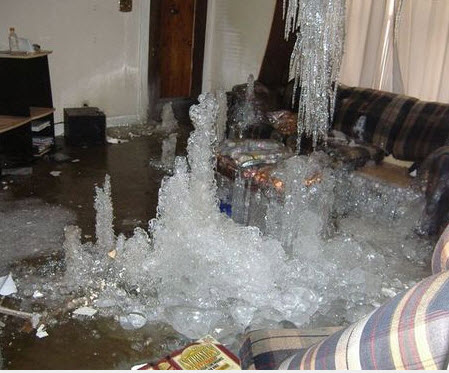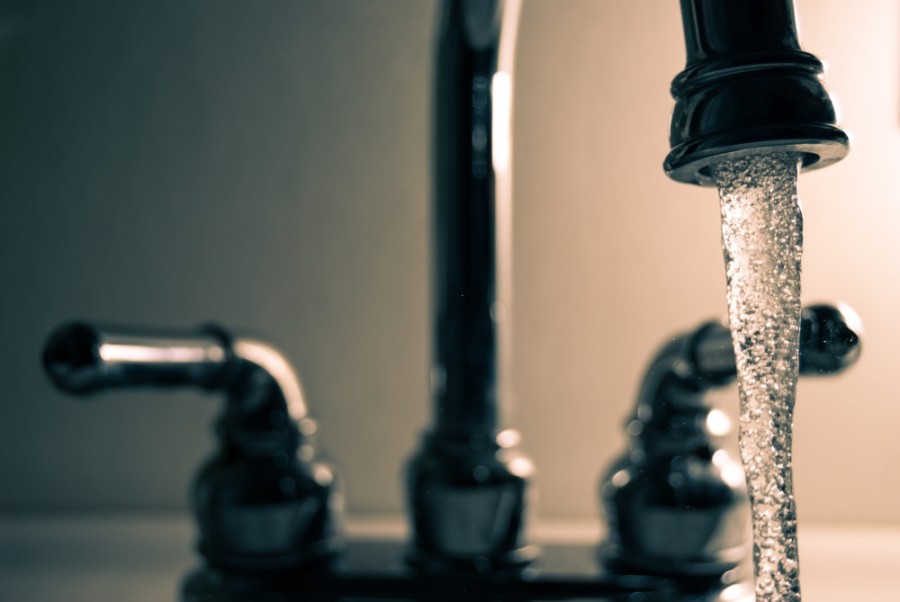Have you been interested in content about How to Prepare for Your Dishwasher Installation?

A burst pipeline is a significant emergency; you can only stand as you watch water you pay a lot to rejoin with the earth. In even worse cases, you see a pool on your cooking area floor, which is an excellent journey hazard, specifically if you have kids around. If the pipeline that burst remained in your wall surfaces, trouble: you may require to paint that entire section.
How can a disaster like a ruptured pipe be avoided as well as managed? Well, by paying attention to your professional emergency plumbing professionals and adhering to these rules.
Just how do I recognize when my pipelines have burst?
Varying water pressures
Pipes do not just burst in a day. You might have observed that your cooking area tap or shower does not run quickly when you turn the tap. It might stop for a couple of secs and afterwards blast you with even more pressure than common.
In other instances, the water may seem typical initially, then drop in pressure after a few seconds.
Contaminated water
Many individuals think a ruptured pipe is a one-way outlet. Fairly the contrary. As water spurts of the hole or gash in your plumbing system, contaminants find their way in.
Your water may be contaminated from the source, so if you can, examine if your water container has any kind of issues. Nevertheless, if your drinking water is supplied and also detoxified by the city government, you need to call your plumber quickly if you see or scent anything amusing in your water.
Puddles under pipes and sinks
When a pipe ruptureds, the discharge creates a puddle. It might appear that the pool is growing in size, and no matter the number of times you mop the puddle, in a few minutes, there's an additional one waiting to be cleansed. Commonly, you may not be able to map the pool to any visible pipes. This is an indication to call a professional plumber.
Wet wall surfaces and also water spots
Before a pipe bursts, it will leak, most times. If this consistent leaking goes undetected, the leak might finish into a broad laceration in your pipeline. One easy way to prevent this emergency is to keep an eye out for damp walls ad water discolorations. These water discolorations will certainly lead you right to the leak.
Untraceable dripping sounds
Pipe ruptureds can take place in the most undesirable places, like within concrete, inside wall surfaces, or under sinks. When your home goes quiet, you may have the ability to hear an annoyingly relentless dripping sound. Even after you have actually checked your shower head as well as kitchen tap, the trickling may continue.
Precious viewers, the leaking might be coming from a pipeline inside your walls. There isn't much you can do about that, except inform a specialist plumber.
Turn up the Warm
Set up followers to blow warm right into chilly spaces. Maintain the garage door closed. If you have lowered water flow, warm one of the most at risk pipes (generally in cellars and also crawl spaces or near outside walls) with a hair clothes dryer. Leave the tap on while you apply warm. As you thaw ice, the circulation will boost. To stop pipelines from cold, insulate your walls.
Begin Getting Rid of the Water
Get the wipe, pails and a shop vacuum to begin to eliminate the water since you absolutely do not want it soaking into whatever else in your house. And also, a quick clean up will reduce the possibilities of something getting moldy.
What do I do when I spot a burst pipe?
Your water meter will certainly remain to run also while your water wastes. To minimize your losses, find the main controls as well as turn the supply off. The water mains are an above-ground framework beside your property.
How to Fix & Detect a Leaking Pipe
How Do I Know if a Pipe is Leaking?
Leak detection tests can help you determine if your pipe has a leak. Even if you don’t see an apparent leak, you should still conduct leak detection tests regularly to save water and money—and prevent major damage to your home.
Water meter. It can be helpful to figure out what your usual water meter usage numbers are and then monitor them regularly. To monitor your meter, first, turn off all water faucets in your home. Check the meter and write down the numbers. In a few hours, check the meter again. If the numbers have changed, you have a leak. Water gauge. Use a water gauge to test your water pressure. Your showerhead should produce a certain amount of water pressure based on its model and design. If the pressure is lower than it is supposed to be for that specific showerhead, your home likely has a leak. Puddles. Look inside your bathroom, laundry, and kitchen sink cabinets. Puddles around the cabinets or around toilets, tubs, showers, and washing machines indicate the presence of a leaking pipe. You may also notice loose tiles, peeling or flaking paint, or mold caused by water accumulation. Napkin test. Even if you don’t see any puddles, you may still have a leak. You can test for water leaks in the bathroom, laundry, and kitchen by wiping below-sink connections with a napkin, paper towel, or piece of toilet paper. If it becomes damp, you probably have a leaking pipe under the sink. Discolored walls. Walls that are discolored—usually with brown or yellow stains—or bulging might mean that they have been impacted by water damage caused by a leaking pipe. Smell. A leaky pipe will create sitting water, and over time, that water may develop a musty smell. If your home smells musty, but you can’t locate the source, it may be due to a leak. Steps for Fixing a Leaking Pipe
A leaky drain can be remedied by tightening the pipe base, replacing the drain seal, caulking the rim, and tightening the pipe nut. Similarly, a leaking toilet pipe can be treated by tightening the packing nut. You may also need to replace the valve. A leaky faucet may just need tightening or replacement of the washers. If that doesn’t work, consider replacing your faucet. If your pipe has a hole in it, you may want to use a pipe leak sealer or pipe leak tape. This quick fix for water pipe leaks can also temporarily fix a copper pipe leak. https://www.ahs.com/home-matters/quick-tips/how-to-tell-if-pipes-are-leaking/

I'm very serious about What to Know Before Installing a Dishwasher and I hope you enjoyed reading the new entry. Loved our write up? Please share it. Let another person locate it. Thank you so much for going through it.
Ring for results!